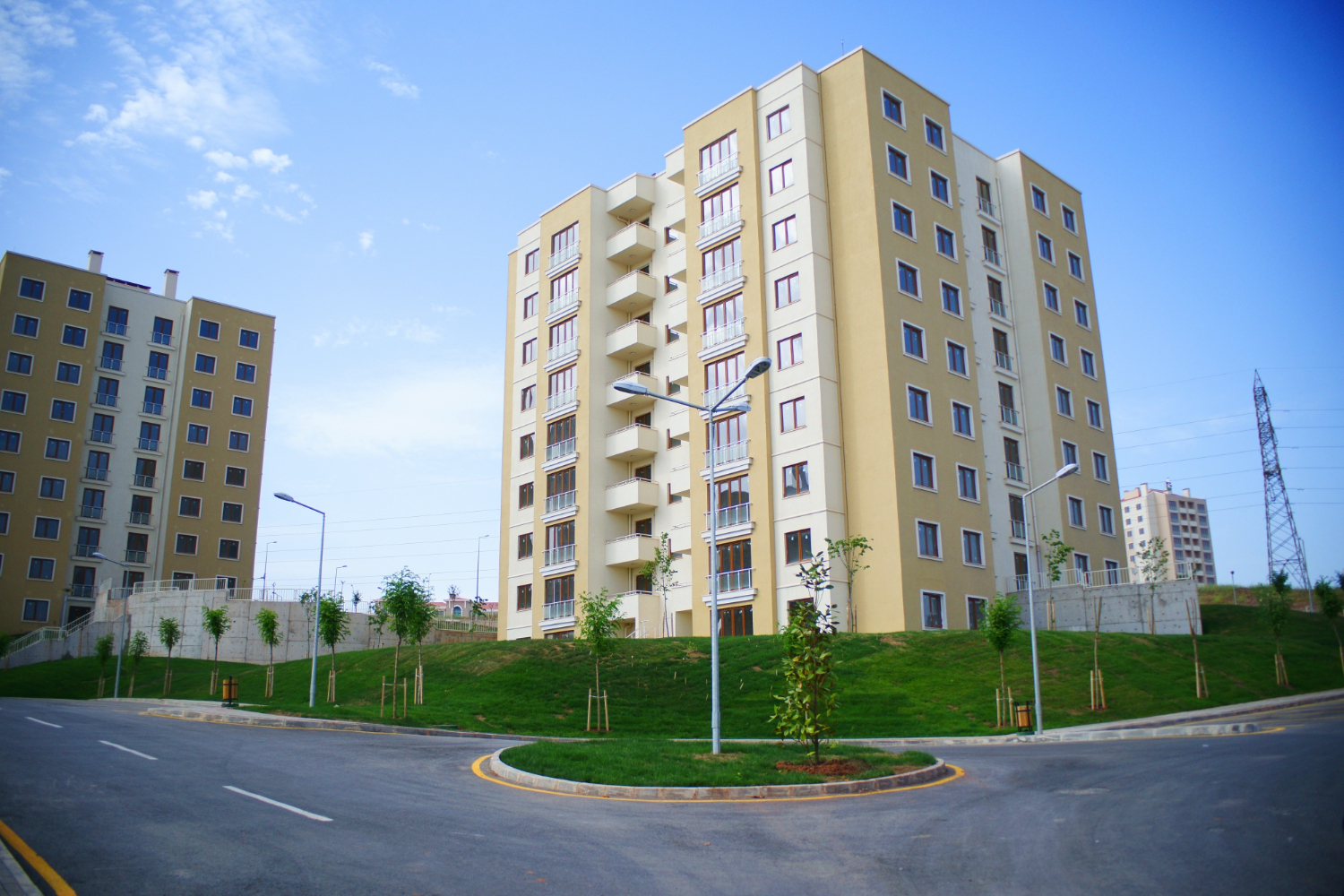Multi-residential houses, also known as multi-family or apartment buildings, undergo a fascinating journey from initial concept to construction completion. This process involves meticulous planning, design considerations, regulatory compliance, and construction phases. Let’s explore the journey of multi-residential houses from conception to realization:
Table of Contents
1. Initial Concept and Vision:
The journey begins with the conceptualization of the multi-residential project. Developers, architects, and urban planners collaborate to define the project’s vision, objectives, and target demographic. Factors such as location, market demand, zoning regulations, and architectural style are carefully considered during this phase.
2. Feasibility Studies and Site Selection:
Feasibility studies are conducted to assess the economic viability and potential challenges of the project. Site selection plays a crucial role in determining the project’s success, taking into account factors such as accessibility, amenities, infrastructure, and environmental impact.
3. Design and Planning:
Architects and design professionals translate the project vision into architectural plans and floor layouts. Considerations such as space utilization, building codes, sustainability principles, and aesthetic appeal are integrated into the design process. Collaborative discussions with stakeholders refine the design to meet the needs of future residents and the surrounding community.
4. Regulatory Approvals and Permits:
Obtaining regulatory approvals and permits is a pivotal step in the development process. Developers work closely with local authorities, zoning boards, and regulatory agencies to ensure compliance with building codes, land use regulations, environmental standards, and safety protocols.
5. Construction Phase:
Once all approvals are secured, the construction phase commences. Skilled contractors, engineers, and construction crews execute the building plans, following strict timelines and quality standards. Construction activities include site preparation, foundation work, structural framing, interior finishes, and landscaping.
6. Quality Assurance and Inspections:
Throughout the construction process, rigorous quality assurance measures are implemented to ensure compliance with design specifications and building codes. Regular inspections by building inspectors, engineers, and project managers verify structural integrity, safety protocols, and adherence to construction standards.
7. Finishing Touches and Handover:
As construction nears completion, the focus shifts to finishing touches and interior detailing. This includes installing fixtures, appliances, flooring, cabinetry, and landscaping. Final inspections and quality checks are conducted to ensure that the multi-residential houses meet the highest standards of craftsmanship and functionality.
8. Occupancy and Community Integration:
Upon completion, the multi-residential houses are ready for occupancy. Residents move in, transforming the buildings into vibrant communities. Property managers oversee day-to-day operations, maintenance tasks, and resident services to foster a sense of belonging and community cohesion.
In conclusion, the journey of multi-residential houses from concept to construction is a complex and multifaceted process that requires collaboration, creativity, and attention to detail. Each stage of the journey contributes to the creation of livable, sustainable, and thriving communities that enrich the urban fabric and enhance quality of life for residents.
Read Also: Top Must-Have Features in a Modern Residential Apartment | The Rise of Multi-Family Housing: Trends and Insights | A Deep Dive into the Pros and Cons of Multi-Family Apartments

